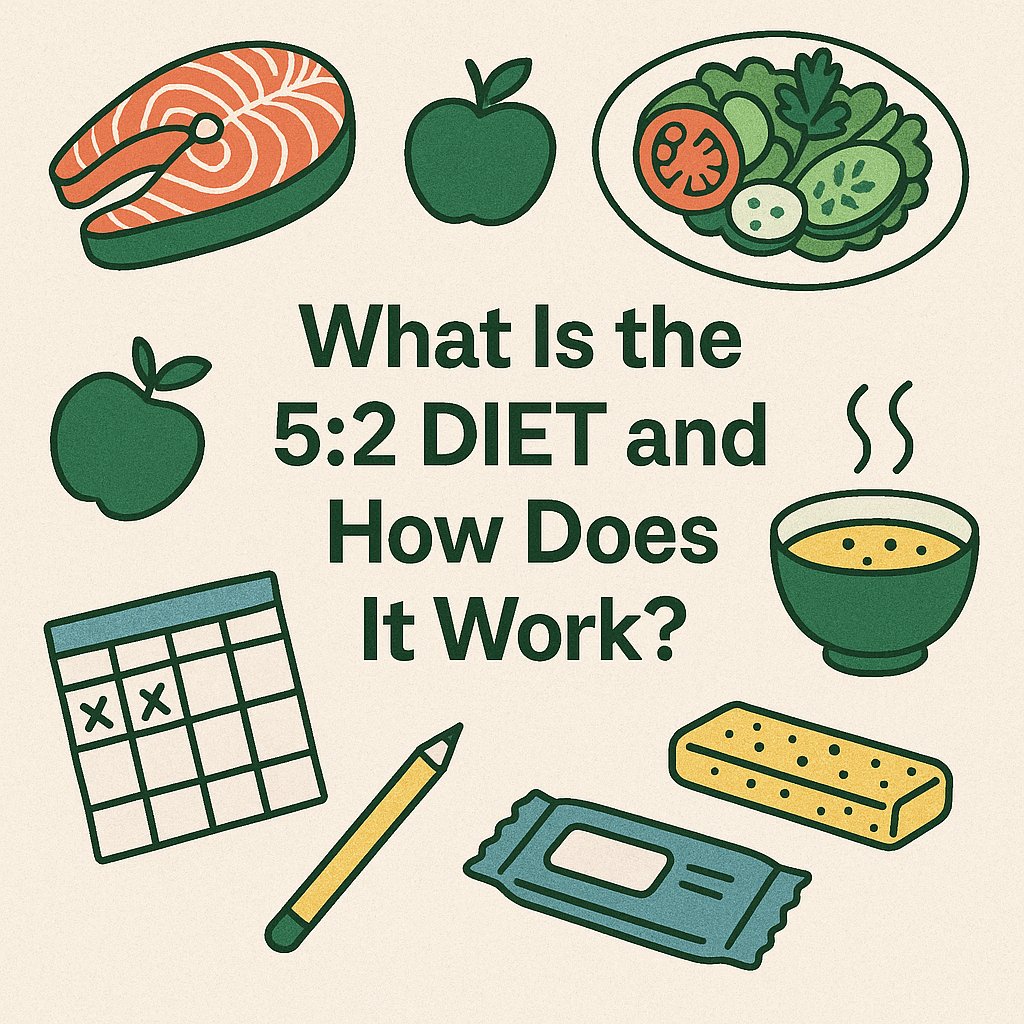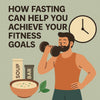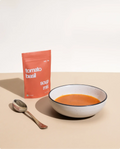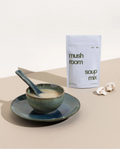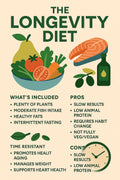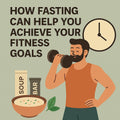What is the 5:2 Diet and How Does It Work?
If you’re looking for a simple way to improve your metabolic health without overhauling your entire life, the 5:2 diet might be the answer. It’s one of the most popular forms of intermittent fasting, and for good reason: it’s sustainable, science-backed, and surprisingly easy to follow.
What is the 5:2 Diet?
The 5:2 diet is a type of intermittent fasting diet plan where you eat normally for 5 days of the week and restrict your calorie intake on the remaining 2 non-consecutive days. On fasting days, women typically consume around 500 calories and men about 600.
Unlike extreme dieting fads, this plan is built around balance and flexibility—helping you lose weight, boost metabolism, and improve insulin sensitivity without giving up your favorite foods.
How Does the 5:2 Diet Work?
The idea is simple: by intermittently reducing calorie intake, your body taps into stored fat for energy. This switch from glucose-burning to fat-burning activates pathways that can improve cellular repair, regulate hormones, and support healthy weight loss.
Some research also shows intermittent fasting may promote longevity, improve brain health, and reduce the risk of chronic diseases like Type 2 diabetes and heart disease.
Explore Our Best-Selling Product
Is the 5:2 Diet Effective for Weight Loss?
Yes, especially when paired with a healthy diet plan on non-fasting days. The calorie restriction on fasting days creates a weekly deficit, which often results in fat loss over time—particularly around the abdomen, where most people tend to store visceral fat.
It’s important to note that the 5:2 approach is not about starvation. The goal is to nourish smartly, even on fast days. That’s why many people turn to fasting kits or healthy soups and bars that make fasting easier, more delicious, and nutritionally complete.
Tips to Get Started with the 5:2 Diet
-
Pick your fasting days wisely: Choose days when you’re less socially active or have a lighter schedule.
-
Stay hydrated: Water, black coffee, herbal tea, and zero-calorie electrolyte blends can help curb hunger.
-
Use structured meal kits: A fasting diet plan that includes nutrient-rich soups and low-calorie snacks can make fasting easier.
-
Don’t overeat on non-fasting days: Eat normally, not excessively, on your “off” days.
Is It Safe for Everyone?
For most healthy adults, yes. But if you’re pregnant, have diabetes, or are taking medications, consult a doctor before starting any fasting regimen. At Outlive, we always encourage listening to your body and making adjustments that suit your unique biology.
Frequently Asked Questions (FAQs) :
1. Can I exercise on fasting days?
Yes, light to moderate activity like walking or yoga is great. Just avoid intense workouts if you’re feeling low on energy.
2. Can I do the 5:2 diet long term?
Absolutely. Many people incorporate it as a lifestyle, especially when results are sustainable and the routine fits their life.
3. What can I eat on fasting days?
Stick to high-fiber, low-calorie meals—think soups, salads, steamed vegetables, or meal replacement bars with healthy fats.
4. Will I feel hungry on fasting days?
You might in the beginning. But your body will adapt, especially if you eat foods that help keep you full, like those rich in protein, fiber, and good fats.
5. Can I drink coffee or tea?
Yes! Black coffee, herbal teas, and drinks without added sugar or cream are fasting-friendly.
6. How much weight can I expect to lose?
That varies. Some see results within a few weeks, while others experience a slower, more sustainable weight loss over months. Consistency is key.

